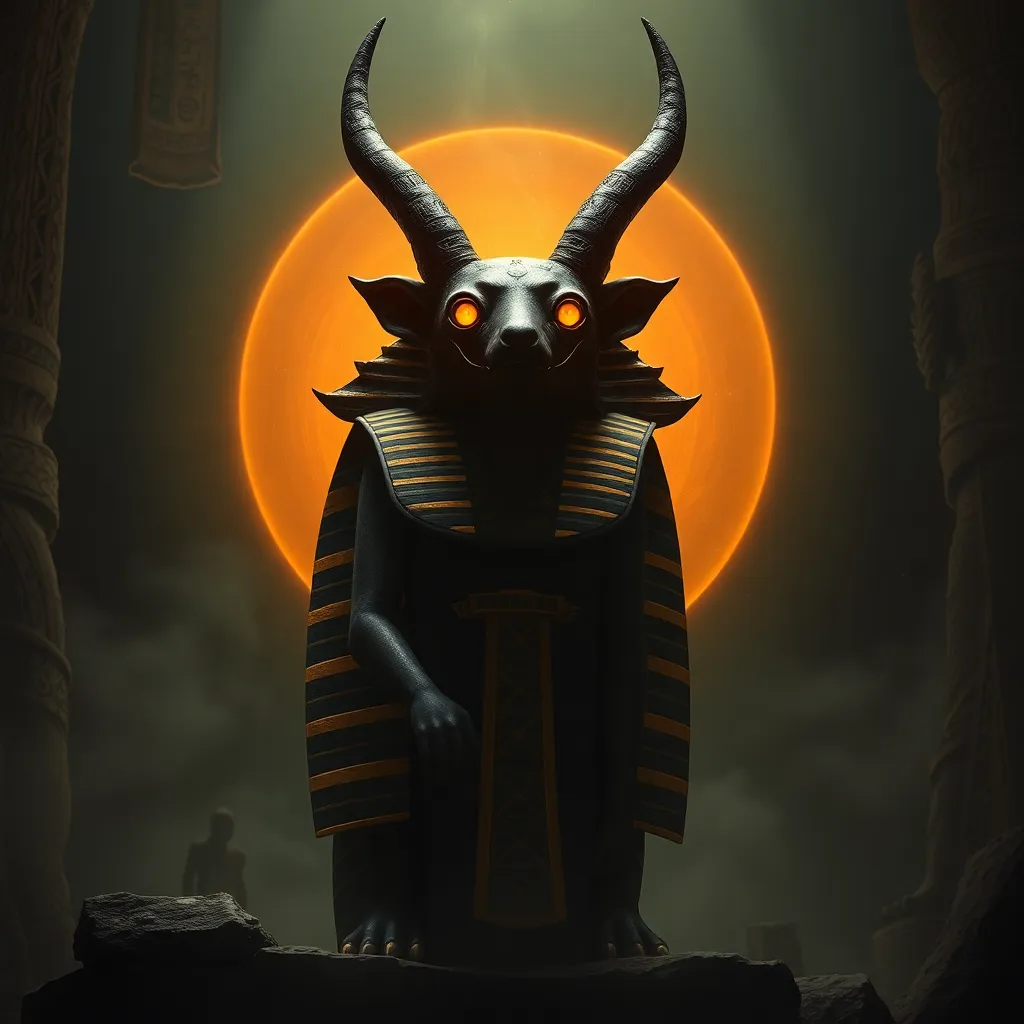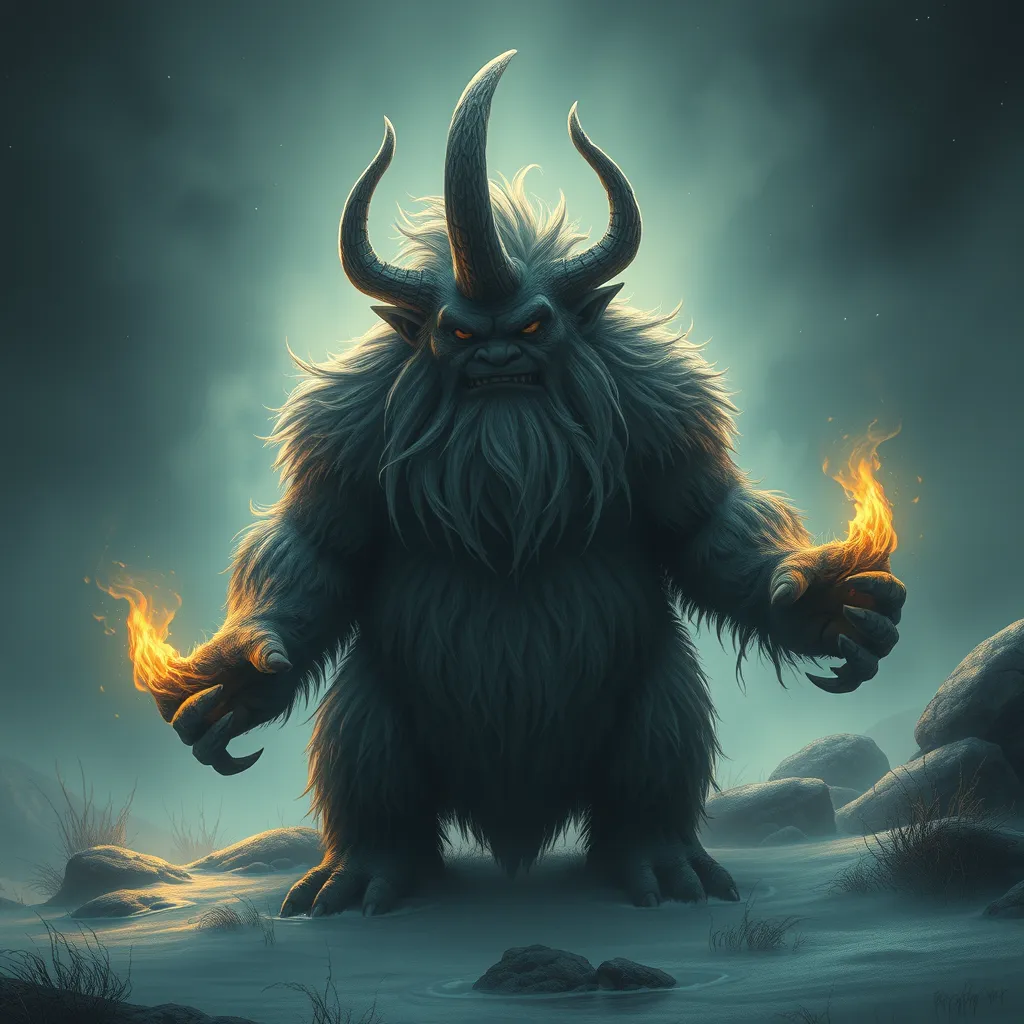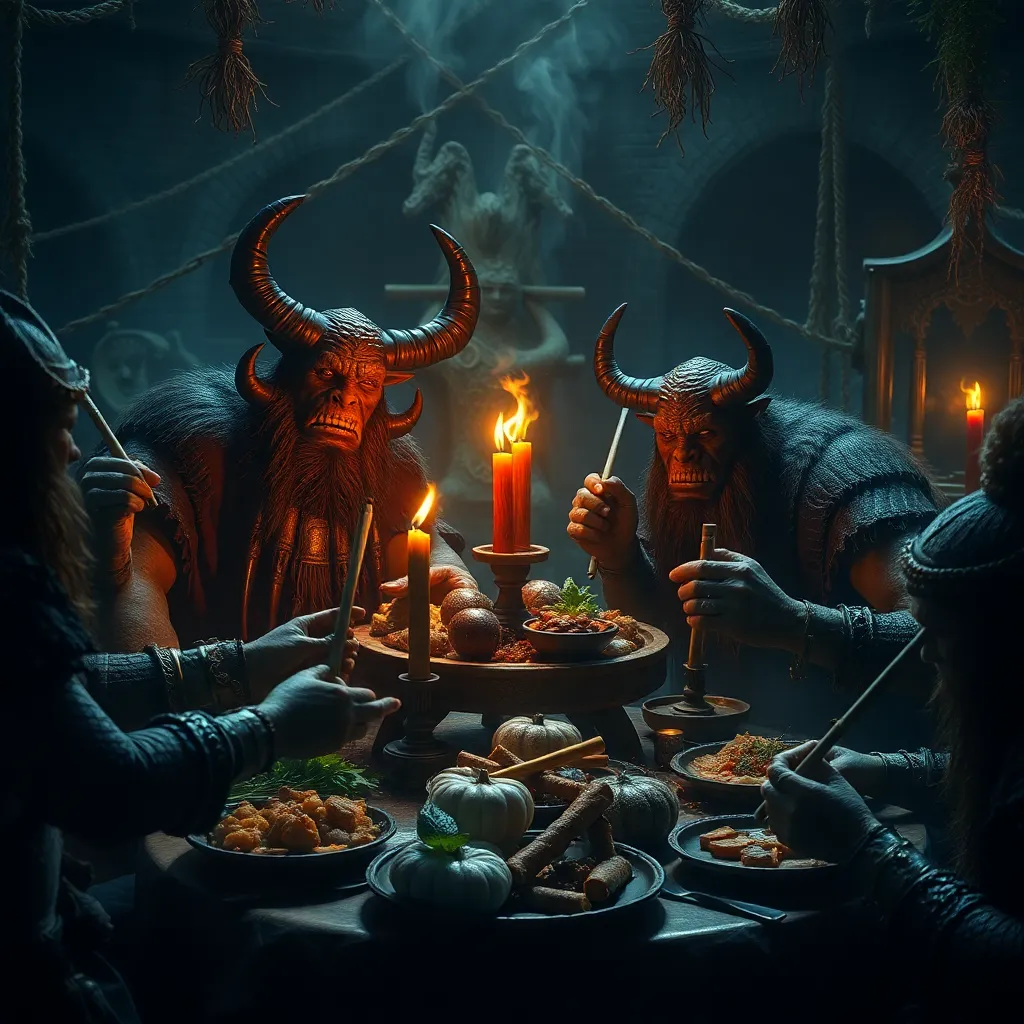Anubis: A Guide to the Egyptian Underworld
I. Introduction to Anubis
Anubis is one of the most recognizable deities in ancient Egyptian mythology, often depicted as a jackal or a man with a jackal’s head. Known as the god of the afterlife, Anubis played a critical role in guiding souls to the underworld and ensuring they received the proper rites for their journey.
The importance of Anubis in ancient Egyptian culture cannot be overstated. He was integral to the beliefs surrounding death and the afterlife, embodying the ancient Egyptians’ reverence for the dead. This article aims to explore the multifaceted nature of Anubis, from his mythological origins to his role in modern culture.
II. The Mythological Origins of Anubis
Anubis’s origins can be traced back to the earliest periods of ancient Egyptian history, with evidence of his worship appearing as early as the 5th dynasty (around 2500 BCE). As a deity associated with the dead, he was originally considered a protector of graves and tombs.
According to Egyptian mythology, Anubis is often described as the son of Osiris and Nephthys, although some myths suggest he may also be the son of Set. His parentage has evolved over time, reflecting the complex nature of Egyptian mythology and its intertwined deities.
Throughout the dynasties, Anubis’s role evolved from a more minor figure to one of great significance, especially as the practices surrounding death and mummification became more sophisticated.
III. Anubis’s Iconography and Symbolism
Anubis is depicted in various forms of ancient art and sculpture, most commonly as a black jackal or a man with a jackal’s head. The color black symbolizes the fertility of the Nile and the regeneration of life, making it a fitting representation for a deity associated with death and the afterlife.
- Depictions: Anubis is often shown in a reclining position, overseeing the deceased or performing the weighing of the heart ceremony.
- Symbolic Meanings: Anubis represents protection, guidance, and the transition between life and death.
The jackal, an animal known for scavenging in cemeteries, was an appropriate symbol for Anubis, connecting him to the burial grounds and the protection of the deceased.
IV. The Role of Anubis in the Afterlife
As the protector of the dead, Anubis had several crucial responsibilities in the afterlife. He was believed to guide souls to the Duat and oversee the weighing of the heart ceremony, which determined a person’s worthiness to enter the afterlife.
- Weighing of the Heart Ceremony: In this ceremony, the deceased’s heart was weighed against the feather of Ma’at, the goddess of truth and justice. If the heart was lighter than the feather, the soul could enter the afterlife; if heavier, it would be devoured by Ammit.
- Mummification and Funerary Practices: Anubis played a vital role in mummification, overseeing the embalmers and ensuring the body was prepared for the afterlife.
V. Anubis and the Egyptian Underworld
The Duat, or the Egyptian underworld, is a realm that the dead must traverse to reach the afterlife. It is described as a complex and sometimes dangerous place filled with challenges that souls must overcome.
Anubis’s functions within the Duat include:
- Guide for Souls: Anubis was responsible for leading souls through the Duat, ensuring they navigated its treacherous paths.
- Protector: He protected the deceased from malevolent spirits and ensured safe passage to the Hall of Judgement.
In the underworld, Anubis maintained relationships with other deities, such as Osiris, who ruled over the afterlife, and Thoth, the god of wisdom who recorded the results of the heart’s weighing.
VI. Anubis in Ancient Egyptian Rituals
Anubis’s presence loomed large in ancient Egyptian rituals associated with death and burial. His cult was widespread, and many rituals were dedicated to him to ensure safe passage for the deceased.
- Rituals: Rituals often included prayers and offerings to Anubis, seeking his favor and protection for the deceased.
- Offerings: Food, incense, and other offerings were commonly made to Anubis at tombs to appease him.
- Tomb Inscriptions: Many tombs featured inscriptions invoking Anubis, depicting him in protective stances or alongside the deceased.
VII. Anubis in Modern Culture
Anubis has transcended the boundaries of ancient mythology and found a place in contemporary media and literature. He is frequently depicted in films, books, and video games, often symbolizing the mysteries of death and the afterlife.
- Influence on Media: Anubis appears in various forms of entertainment, from movies like “The Mummy” to video games that explore Egyptian themes.
- Resurgence of Interest: There has been a growing fascination with ancient Egyptian mythology in modern culture, leading to increased exploration of Anubis’s character.
- Symbol in Modern Spirituality: Anubis is sometimes invoked in modern spiritual practices and occult rituals, representing a connection to the afterlife.
VIII. Conclusion
Anubis’s significance in the Egyptian underworld is profound, serving as a protector and guide for souls navigating the afterlife. His legacy endures, influencing both ancient practices and modern interpretations of death and spirituality.
As we explore the rich tapestry of Egyptian mythology, Anubis stands out as a powerful symbol of the eternal journey beyond death. Further exploration of this captivating mythology can deepen our understanding of ancient beliefs and their influence on contemporary culture.
https://www.youtube.com/watch?v=rfuGG2FNpB4



